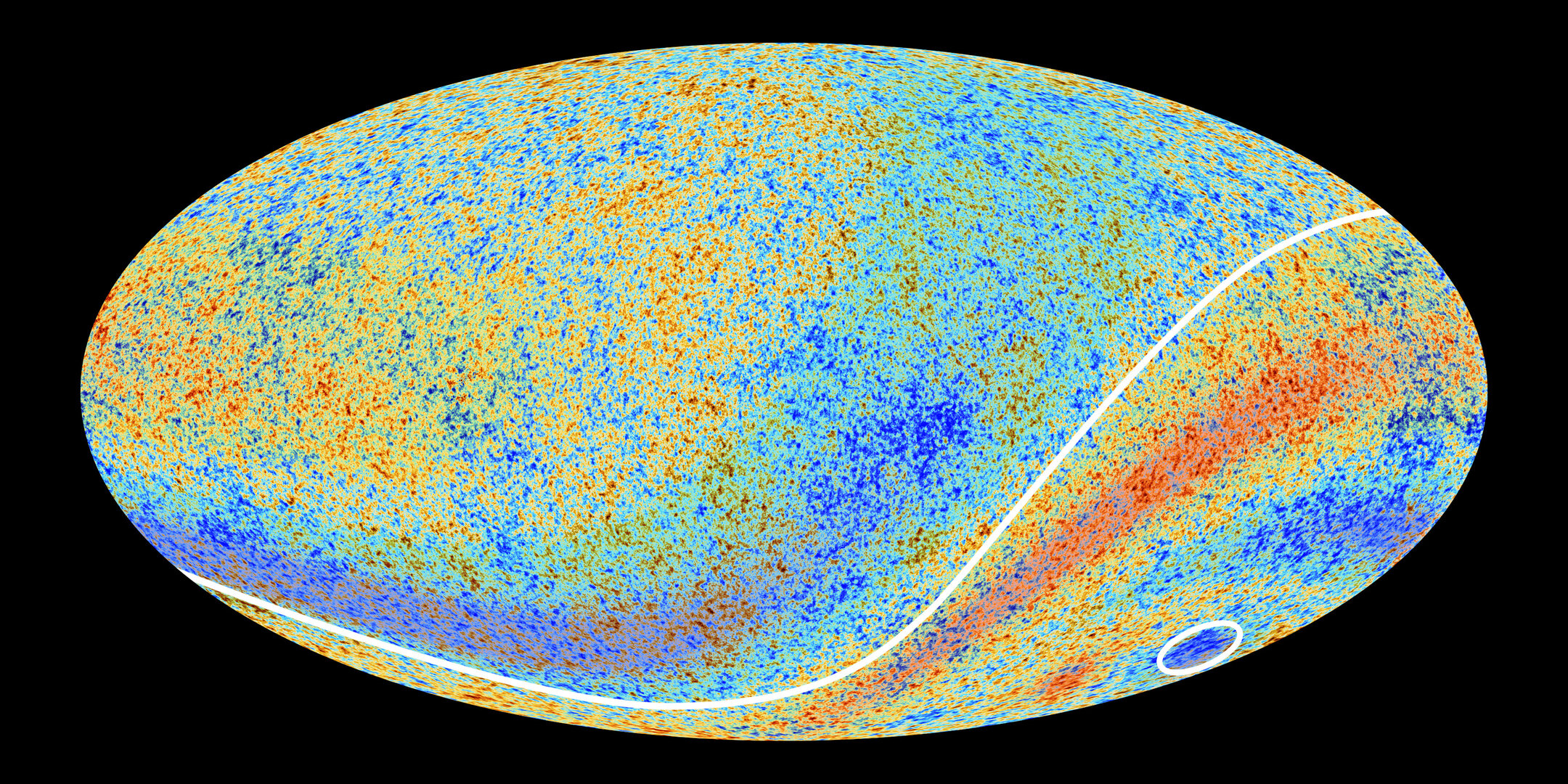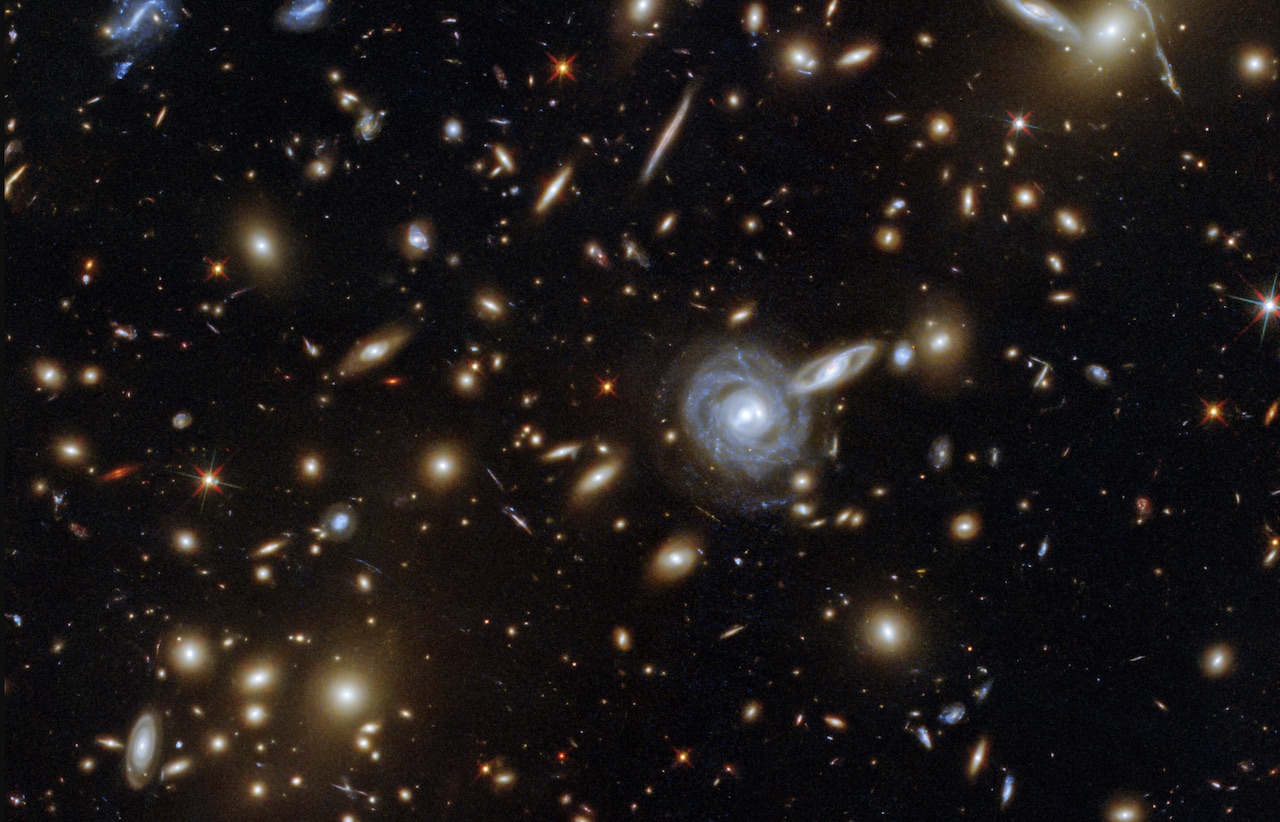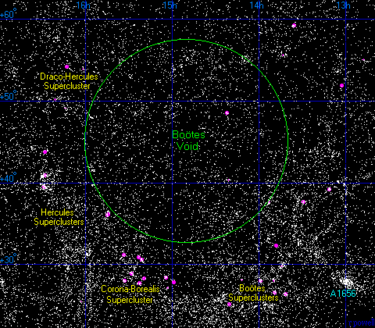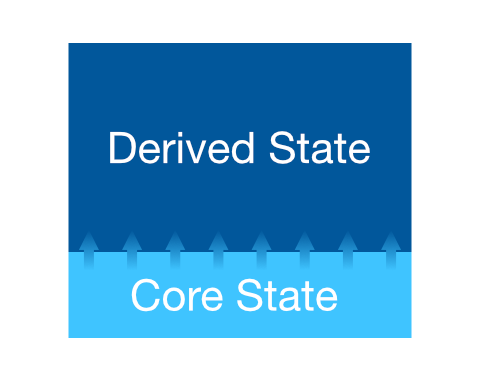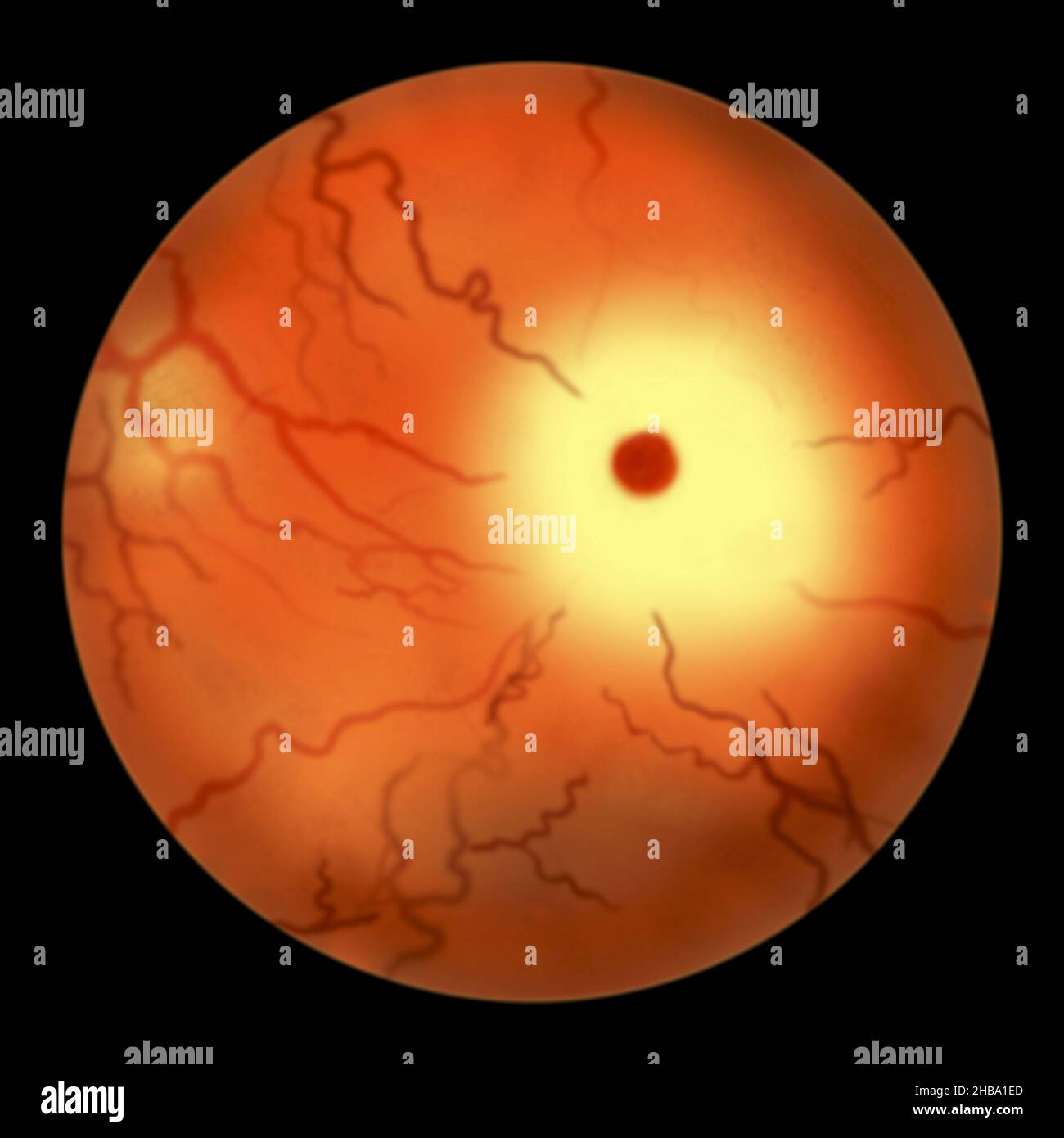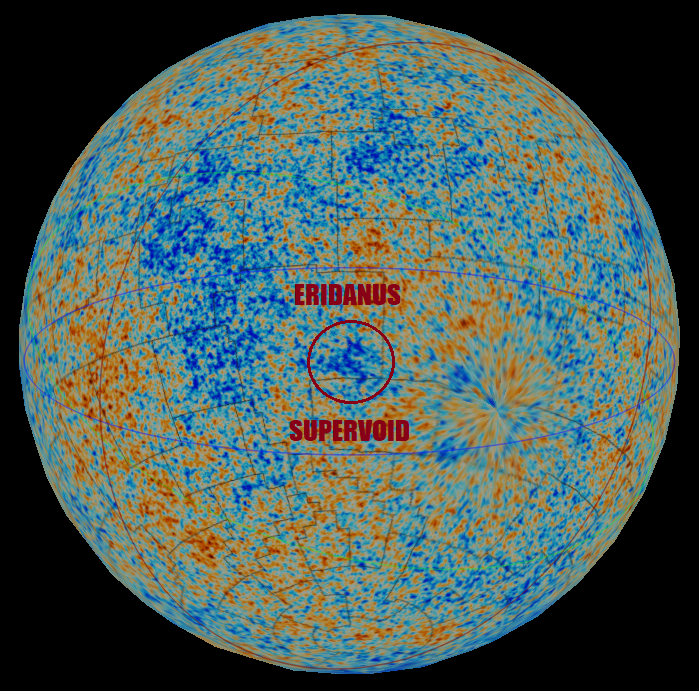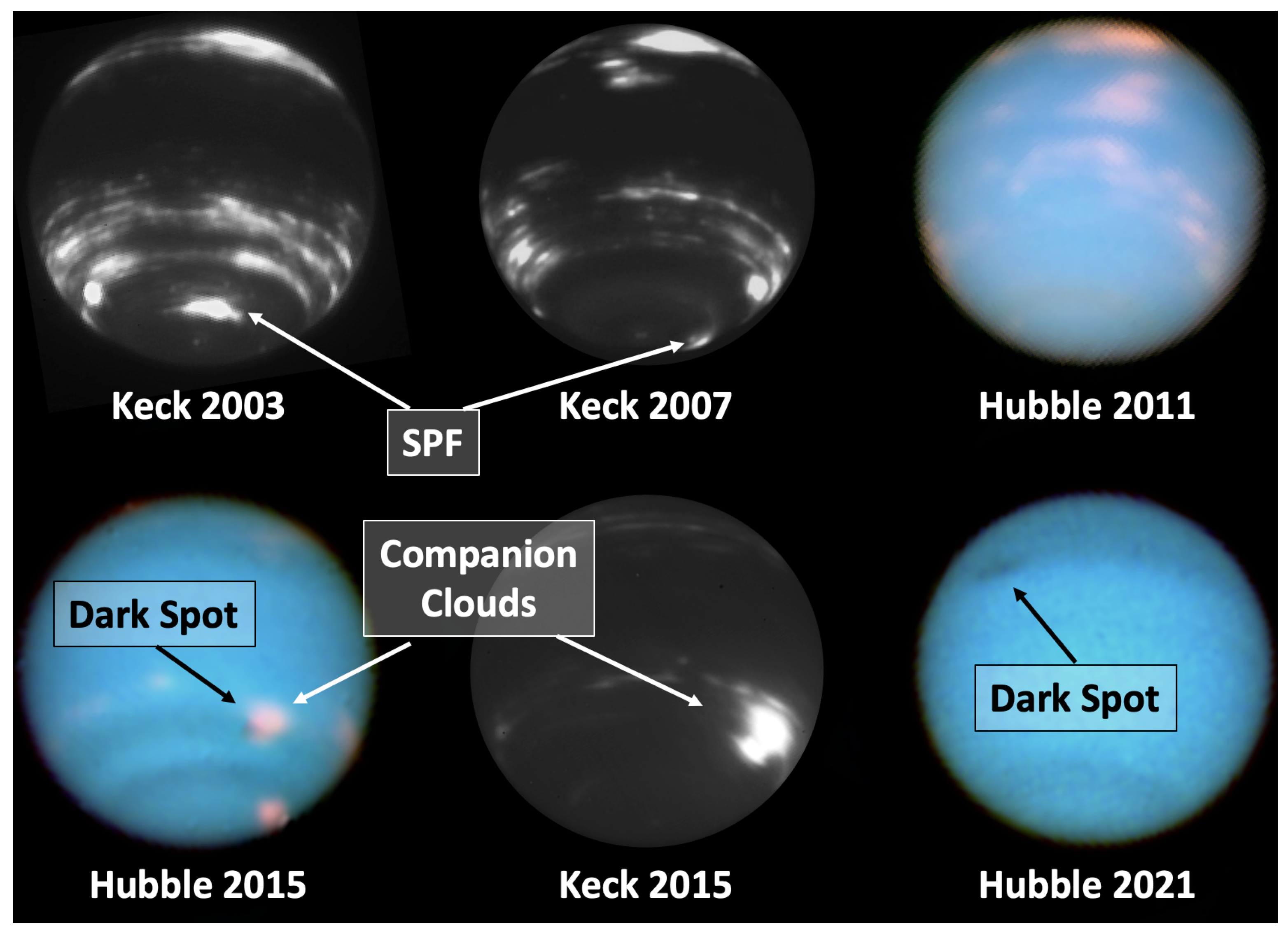
Remote Sensing | Free Full-Text | Giant Planet Atmospheres: Dynamics and Variability from UV to Near-IR Hubble and Adaptive Optics Imaging | HTML
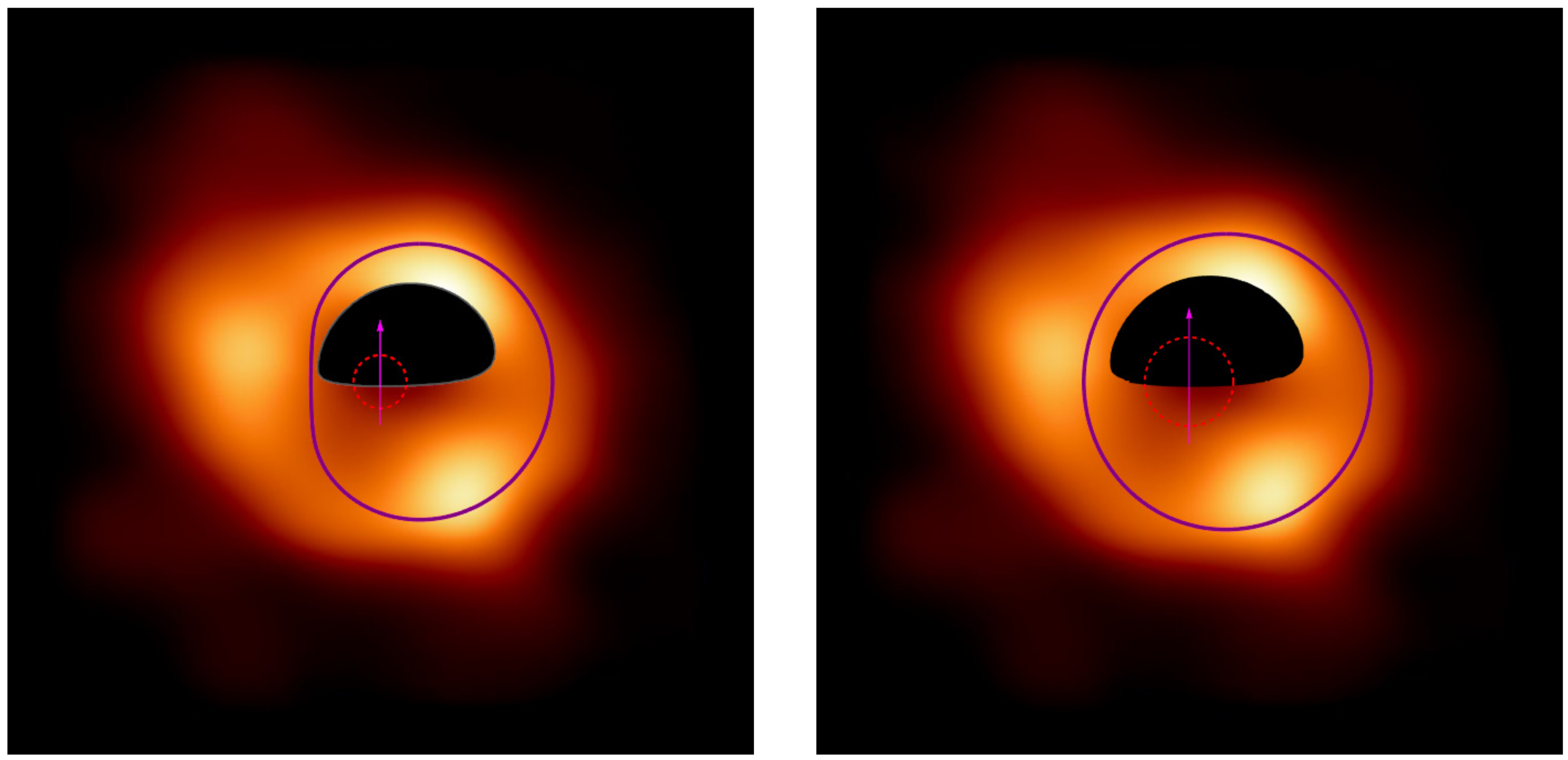
Astronomy | Free Full-Text | Physical Origin of the Dark Spot in the First Image of Supermassive Black Hole SgrA* | HTML

Observable Universe Logarithmic Illustration - Catalog of the Solar System and nearby stars with a summary of their characteristics and curious facts. Fragment of the astronomical cultural project "The Celestial Zoo". For
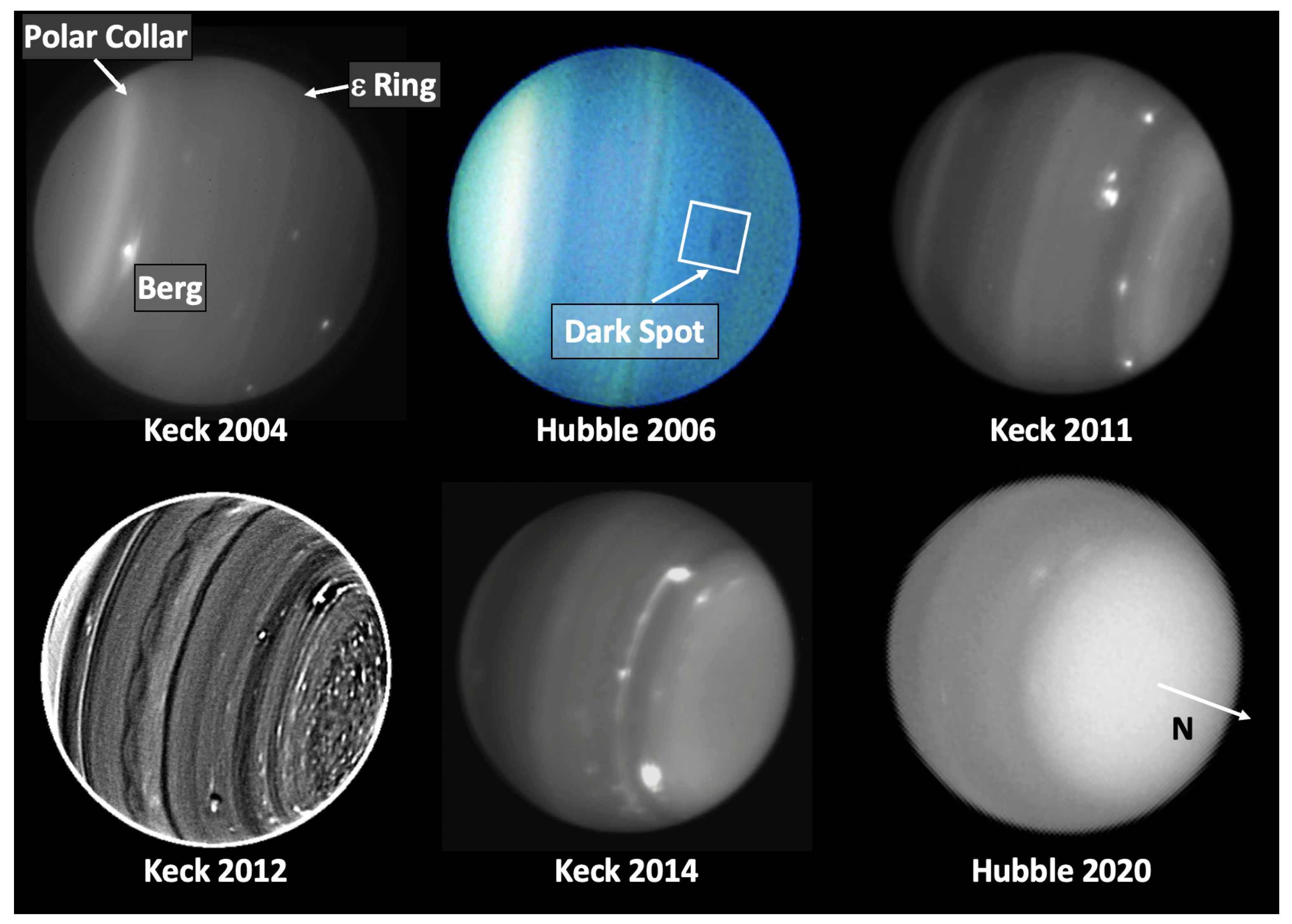
Remote Sensing | Free Full-Text | Giant Planet Atmospheres: Dynamics and Variability from UV to Near-IR Hubble and Adaptive Optics Imaging | HTML
ADVANCING COMPUTATIONAL SIMULATION OF OBSERVABLE METEOROLOGICAL FEATURES ON THE ICE GIANTS Raymond P. LeBeau, Jr.1 and Csaba Pal

Temperature Dependence of Dark Spot Diameters in GaN and AlGaN - Netzel - 2021 - physica status solidi (b) - Wiley Online Library




